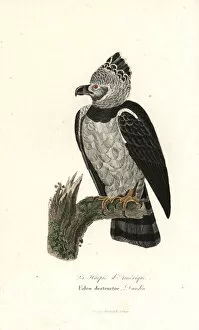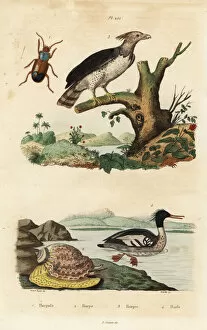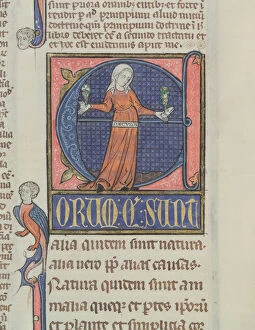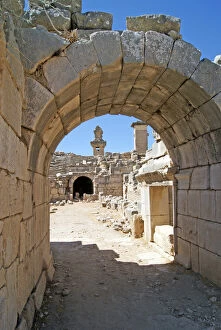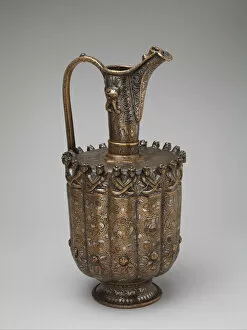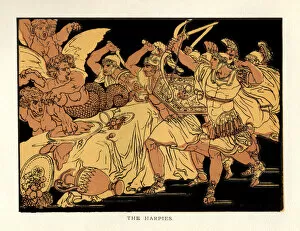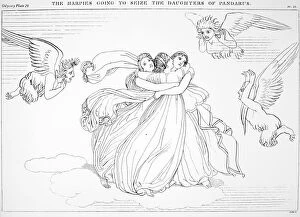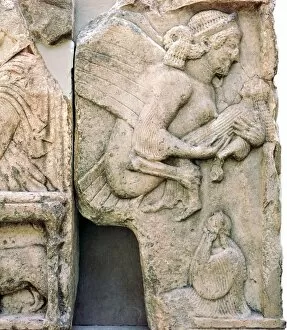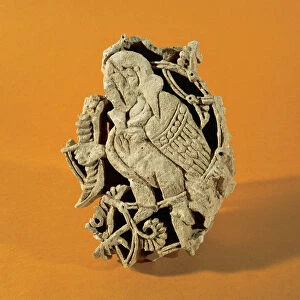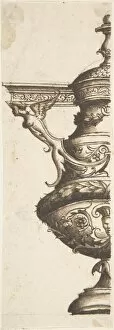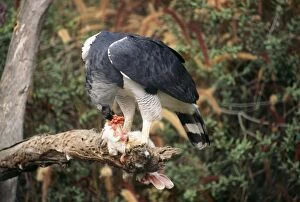Harpy Collection (#2)
In the depths of Dante's Inferno, where despair and torment reign supreme, a sinister creature known as the harpy lurks
For sale as Licensed Images
Choose your image, Select your licence and Download the media
In the depths of Dante's Inferno, where despair and torment reign supreme, a sinister creature known as the harpy lurks. With its origins rooted in Greek mythology, this winged beast embodies both beauty and terror. Legend has it that the harpies were once beautiful maidens who were transformed into monstrous creatures as punishment for their misdeeds. They became agents of divine vengeance, haunting those who had committed heinous acts. In Dantes Inferno, these dreaded beings are encountered in the seventh circle of Hell - a desolate wasteland reserved for suicides. The harpies relentlessly torment the souls here by tearing at their flesh with razor-sharp talons, mirroring the eternal suffering they endure. The image of a harpy is one that strikes fear into even the bravest hearts. Its grotesque form combines features from various mythical creatures: part bird with sharp claws resembling those of a griffin; part human with twisted limbs reminiscent of a satyr; and part monster like an ancient giant. But not all tales depict them solely as bringers of doom. In Greek mythology they can also associated with sea creatures such as seahorses and Nereids - nymphs who personify aspects of water bodies like rivers or oceans. Artistic depictions throughout history have captured both their terrifying nature and intriguing allure. From illustrations in Charles Lamb's "Tales from Shakespeare" to dramatic scenes portrayed on oil paintings like "The Last Judgement, " artists have sought to convey the essence of these fearsome beings. One notable story involving harpies tells how Phineus was plagued by them until Calais and Zethes came to his rescue. This tale showcases bravery triumphing over evil forces as they deliver him from his tormentors' clutches.


